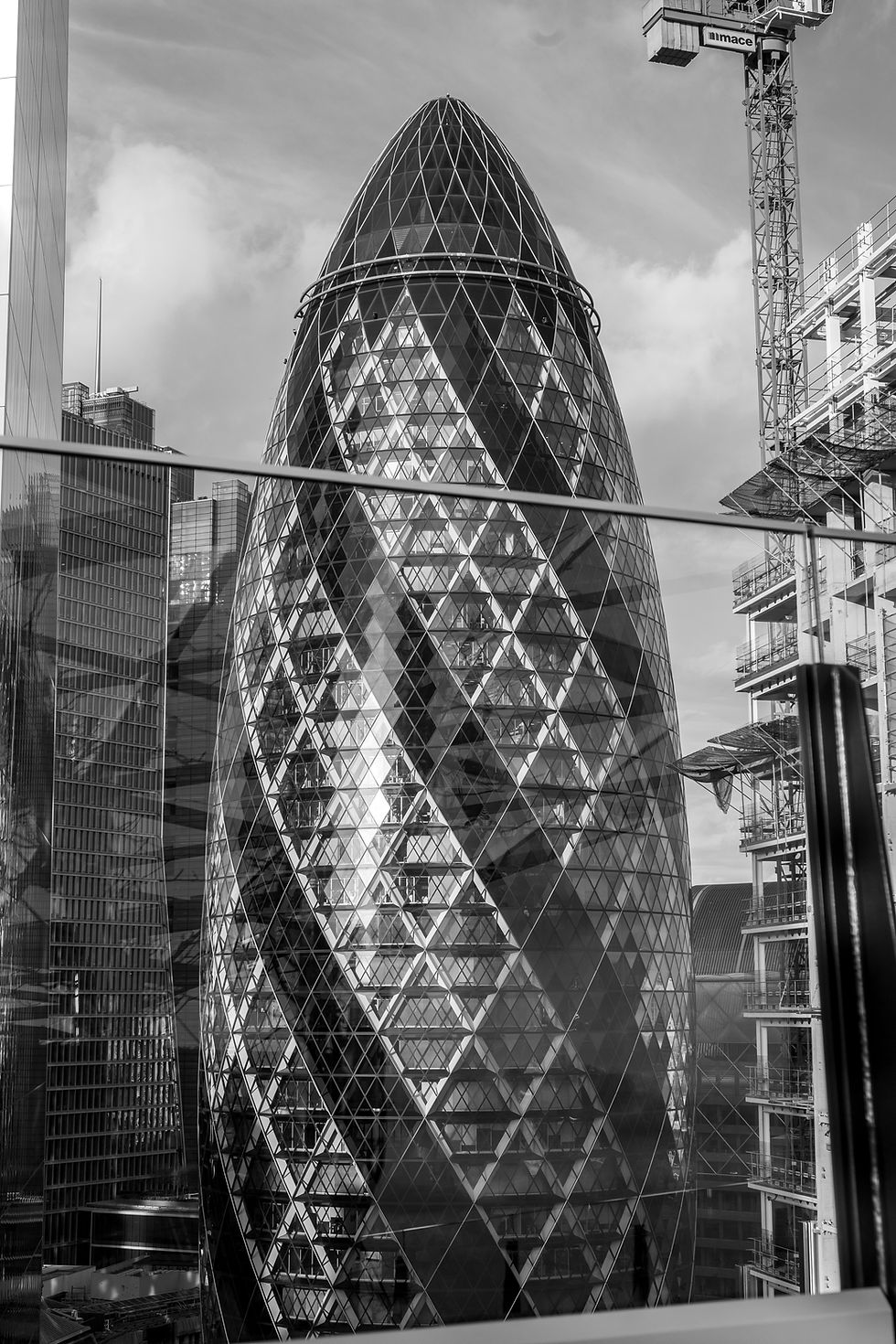Prague: A City of Architectural Design Harmony
- Alex Axelrod
- Sep 9
- 3 min read
Updated: Sep 15

Prague is one of the most architecturally diverse cities in the world. Known as the City of a Hundred Spires, it offers a remarkable lesson in how centuries of architectural styles can coexist and evolve. For designers, architects, and homeowners, Prague is more than a beautiful city—it is a living laboratory of design principles that remain relevant today.
Gothic Foundations and Medieval Craftsmanship
The story of Prague’s architecture begins with its Gothic heritage. Structures like St. Vitus Cathedral showcase soaring spires, intricate tracery, and ribbed vaults that emphasize verticality and light. Similarly, the Charles Bridge demonstrates not only Gothic engineering but also the integration of sculpture into functional infrastructure.
These medieval projects remind us of the enduring value of craftsmanship. The precision of stone carving, the structural daring of vaulting systems, and the integration of art into everyday spaces continue to inspire contemporary architectural detailing.

The Elegance of Baroque Prague
Walking through the city, one cannot ignore the dominance of Baroque design. Churches such as St. Nicholas in Malá Strana and palaces throughout the Old Town embody grandeur, movement, and drama. The use of curves, sculpted ornamentation, and strategic lighting made these buildings immersive experiences for visitors.
For modern architects and interior designers, the Baroque lesson is clear: design should move beyond utility to create atmosphere. Whether it is through light, scale, or material richness, buildings can tell stories and stir emotion.
Czech Cubism: A Global Rarity
Perhaps Prague’s most unique contribution to architectural history is Czech Cubism. Emerging in the early 20th century, Cubism in Prague went beyond painting and sculpture, influencing buildings, furniture, and even streetlamps. Architects like Josef Gočár and Pavel Janák transformed facades into angular, crystalline surfaces, breaking away from traditional curves and ornamentation.
Czech Cubism remains rare in global architecture, but its philosophy resonates today: it challenges conventional forms, embraces geometry, and pushes boundaries. For designers, it is a reminder to experiment and explore new expressions while respecting context.
Modernism and Functionalism
The interwar years introduced Modernism and Functionalism, emphasizing simplicity, clean lines, and the idea that form follows function. Housing projects, villas, and public buildings adopted rational layouts and modern materials, reflecting social change and efficiency.
This period in Prague aligns closely with contemporary approaches to residential design. Many Toronto homeowners today value the same qualities: open layouts, natural light, and a balance between beauty and practicality.
Architectural Design of The Dancing House: Bold Contemporary Integration
Prague is not locked in the past—it embraces contemporary innovation as well. The Dancing House, designed by Frank Gehry and Vlado Milunić, is one of the city’s most iconic modern buildings. Its deconstructivist curves, symbolizing two dancers, stand in striking contrast to the Baroque and Gothic surroundings. Yet, rather than disrupting the cityscape, it has become a celebrated landmark.
The lesson here is powerful: bold modern design can coexist with heritage architecture if approached thoughtfully. It is not about mimicking the past, but about adding a new layer to the city’s evolving story.

Lessons for Today’s Designers and Homeowners
Prague’s architectural timeline demonstrates that great design is not about choosing between old and new—it is about finding harmony. Every era has left its mark, and the result is a city where Gothic cathedrals, Baroque palaces, Cubist facades, and modern glass towers share the same skyline.
At Cadaxx Design, this philosophy resonates deeply with our work in Toronto. Whether designing a custom home, a laneway house, or a modern addition, we strive for balance. We respect the existing character of a neighbourhood, but we also bring in innovation, sustainability, and functionality. Like Prague, Toronto is a city of contrasts—and it is in this diversity that architectural beauty is found.
A Final Thought
Prague proves that architecture is not just about building—it is about storytelling across generations. Each structure is a chapter in a narrative that spans centuries. For homeowners and designers alike, the city is a reminder that our choices today will shape how future generations experience the built environment.
At Cadaxx, we take inspiration from cities like Prague as we continue to design homes that are both timeless and forward-looking, balancing heritage with innovation for Toronto’s evolving urban landscape.









Comments